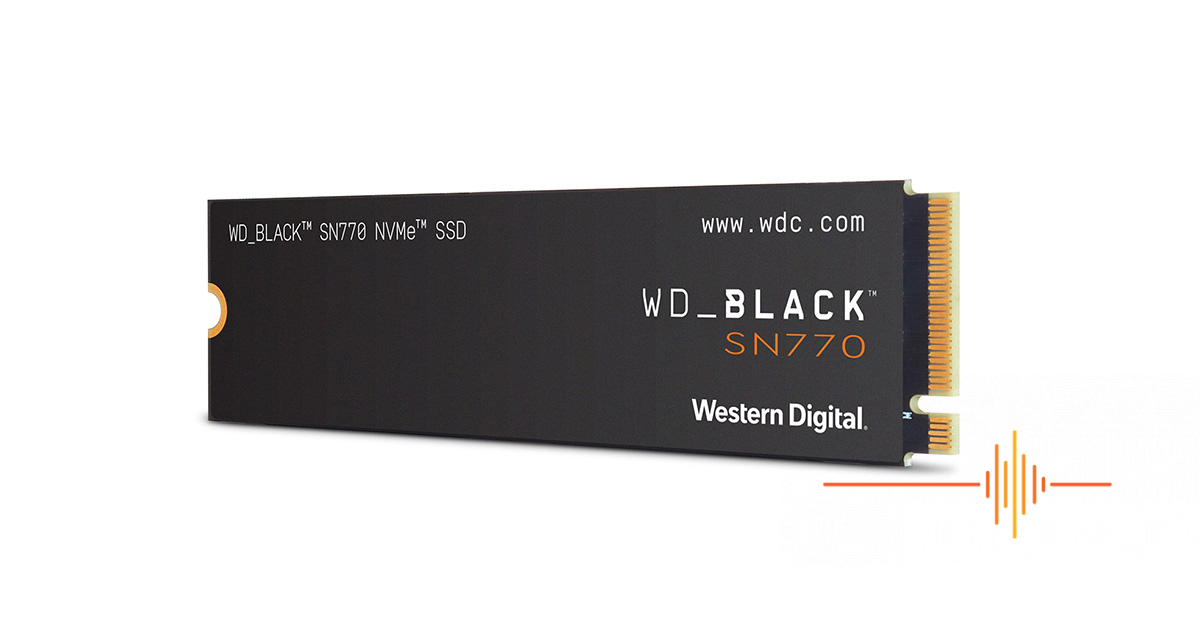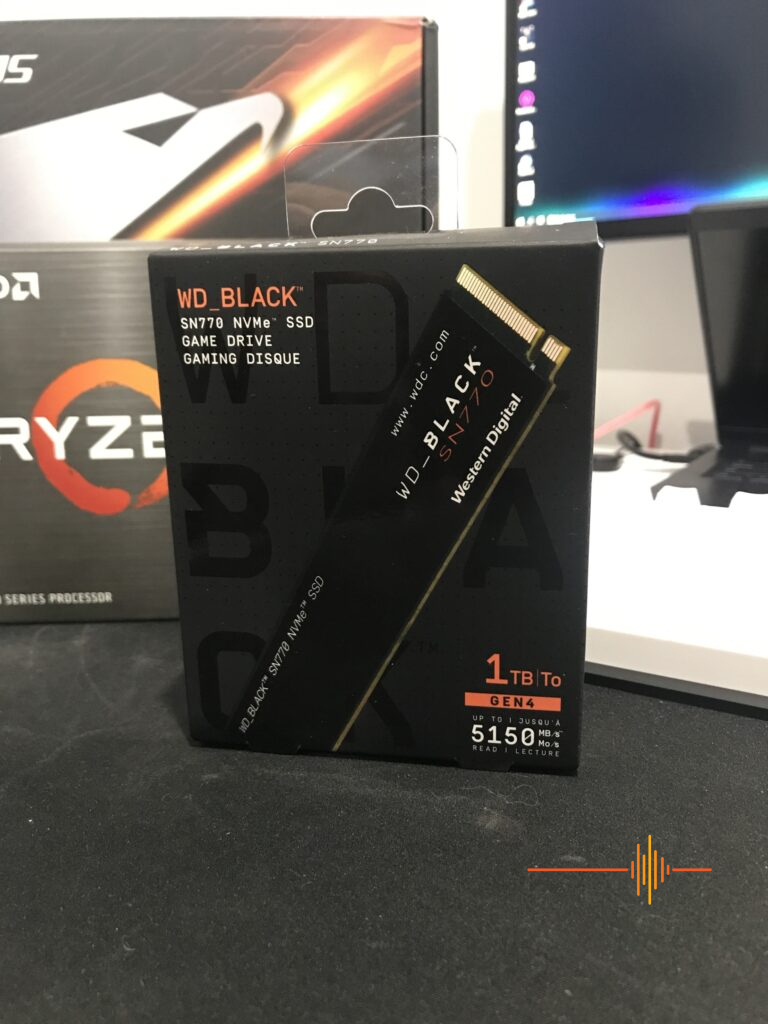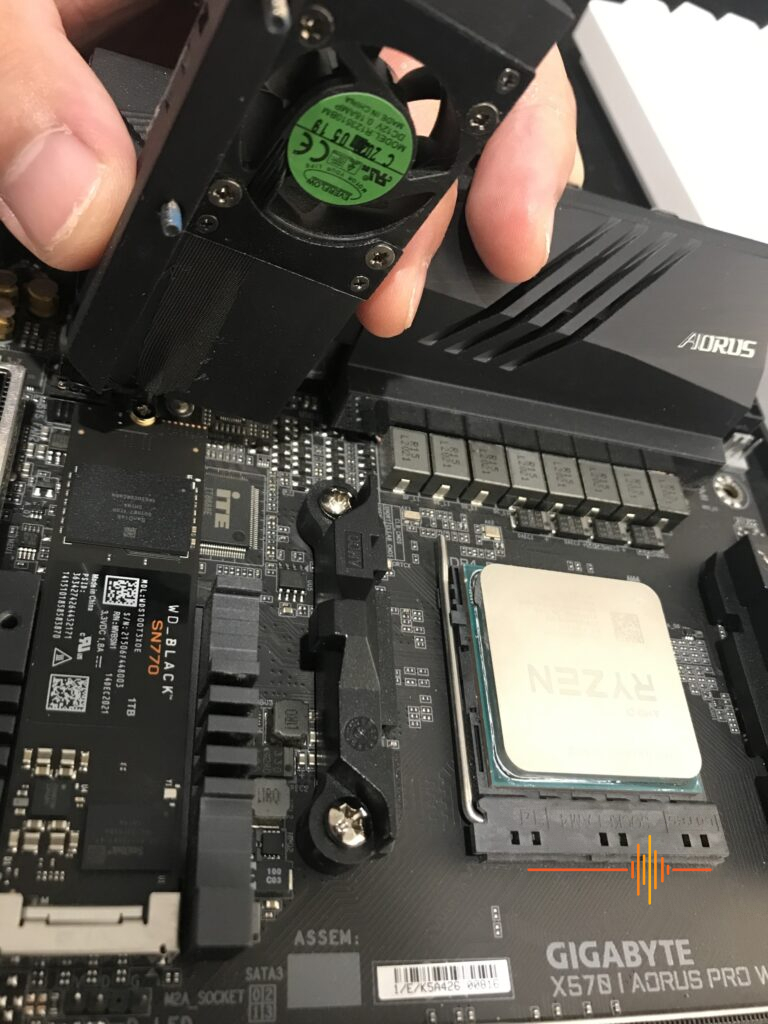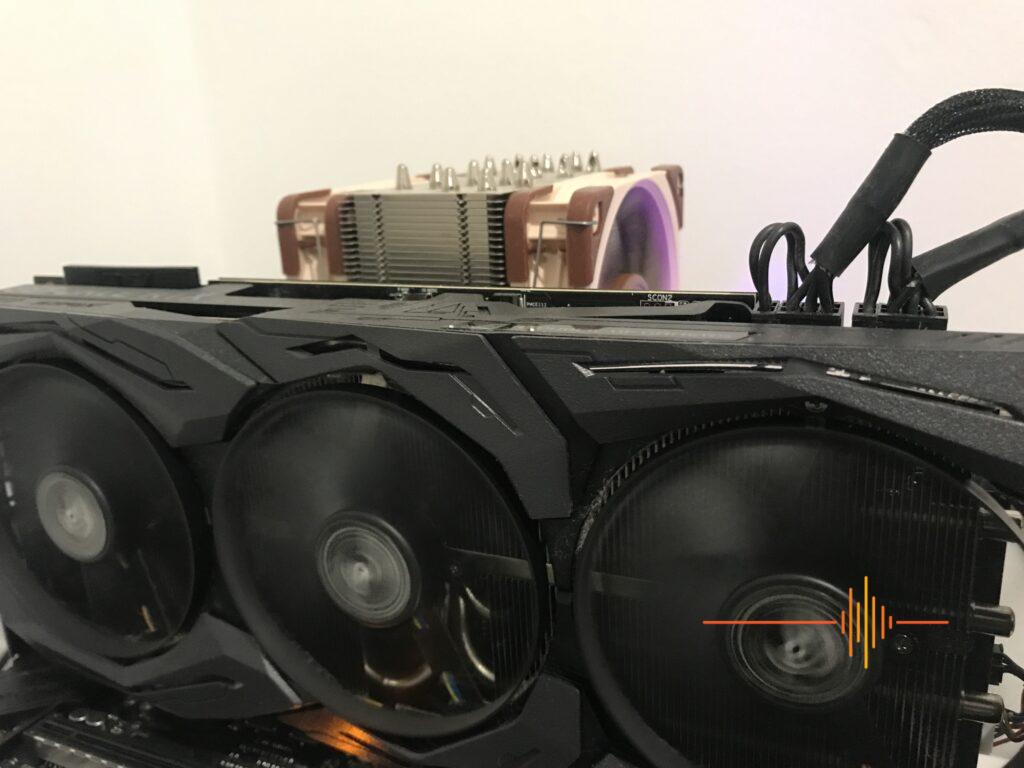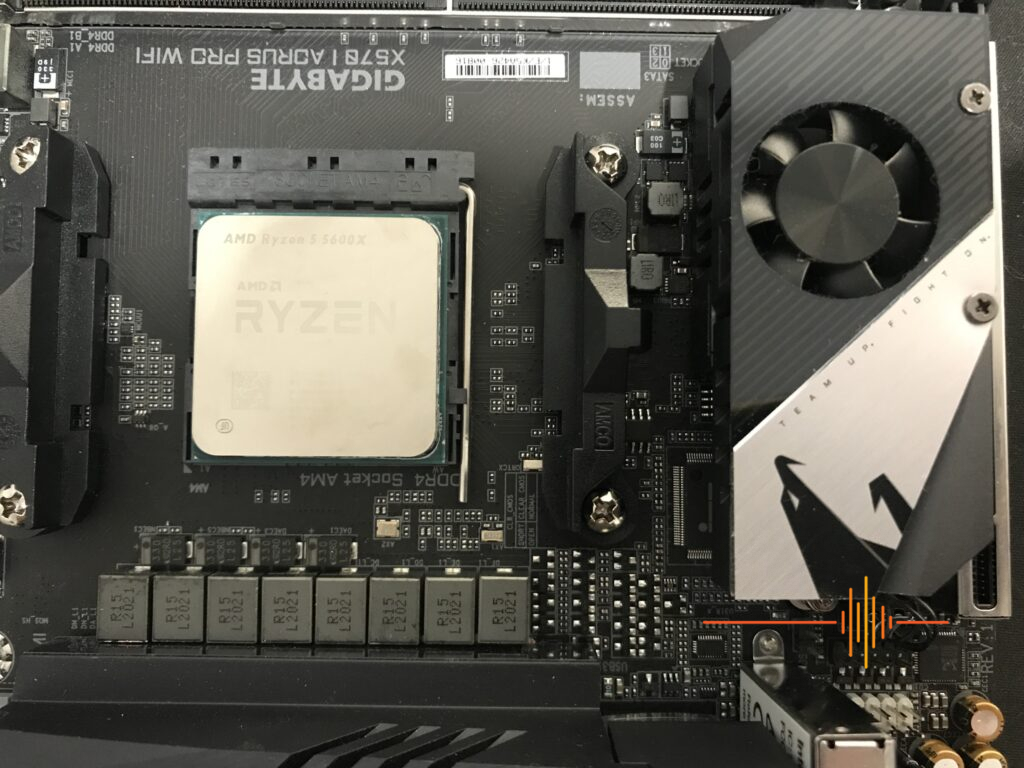I love the use of M.2 NVM.E drives in my PC’s as they do away with ugly SATA / Power Cables and they are fast…really fast. Apart from a few specific use cases there would be very little reason to use a traditional HDD or a SATA SSD as most motherboard manufacturers do include a M.2 NVME slot or 2 on their motherboards and the capacity of these is more than enough of the average user.
The product I’m testing today is the Western Digital Black SN770 which is their Gen4 NVMe PCIe SSD and I’m excited to see what some of these benchmarks come back with. The SSD comes in 250GB, 500GB, 1TB and 2TB capacities – For testing I will be using the 1TB.
Product Specifications
- Capacity: 1 TB
- Interface: PCIe Gen4 x4
- 80mm x 22mm x 2.38mm (LxWxH)
- Endurance: 600TBW
- Performance
- Sequential Read: 5150MB/s
- Sequential Write: 4900MB/s
- Random Read: 740K IOPS
- Random Write: 800K IOPS
- Operating Temps: 0 to 85 degrees C
- Backwards compatible with PCIe Gen 3 and Gen 2
Test Rig
- Motherboard: Gigabyte Aorus X570I
- CPU: AMD Ryzen 5600X
- RAM: Team T-Force Dark Za 32GB (2x16GB) 3600MHz CL18 DDR4
- CPU Cooler: Noctua NH-U12A
- GPU: ASUS Strix 2080ti OC
- Seasonic Prime TX-1000
Test Results – PCMark 10/Crystal Disk Mark
Validating on-the-box Sequential Read/Write claims:
- Sequential Read (2MB Clocks, 32BG of Data, QD 4) – 4977 MB/s
- Sequential Write Read (2MB Clocks, 32BG of Data, QD 4) – 4782 MB/s
- Latency Test (Avg. Access Time in ms) – 44ms
Simulating real-world applications:
- Cache / Controller Test (Simulates using the drive as a secondary storage and light productivity): 600 MB/s
- Full Stress Test (Simulates using the drive as primary OS drive and productivity/creativity app use): 620MB/s
- Consistency (simulates enduring usage to test quality over prolonged/sustained use): 233 MB/s
Conclusion
The Western Digital Black SN770 SSD Review is good but it lacks that extra bit of performance that would make it a viable contender against high end Gen3’s other SSD’s which could be used in consoles. However, as an option of PC’s it is one of the better ones to consider if you are not considering any form of cooling solution as it fairs well compared with other SSD’s in the segment.
Is it worth it? Maybe. It’s is only a worthwhile consideration if you have a motherboard/setup that supports PCIe Gen 4 however If you are running a setup that’s still uses a PCIe Gen 3, you won’t be able to unlock its full potential. It’s also worth noting that heavy workloads and creative application use is not recommended simply because there are better choices such as the SN850 which is far better in performance is more up to the task.
In testing we did have an active cooling solution and thermal throttling wasn’t an issue however it would be prudent to point on that with any Gen 4 SSD, some form of cooling is a definite recommendation.
The WD770 comes in sizes from 250GB to 2TB, starting around AUD $80. The review unit at 1TB is available for around AUD $165.


